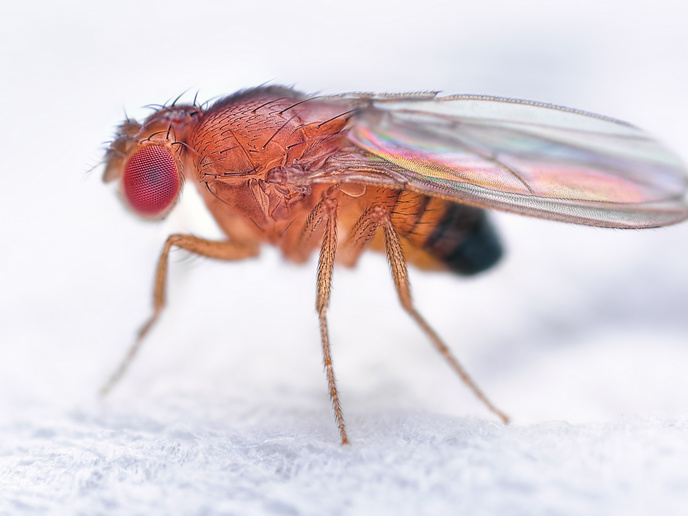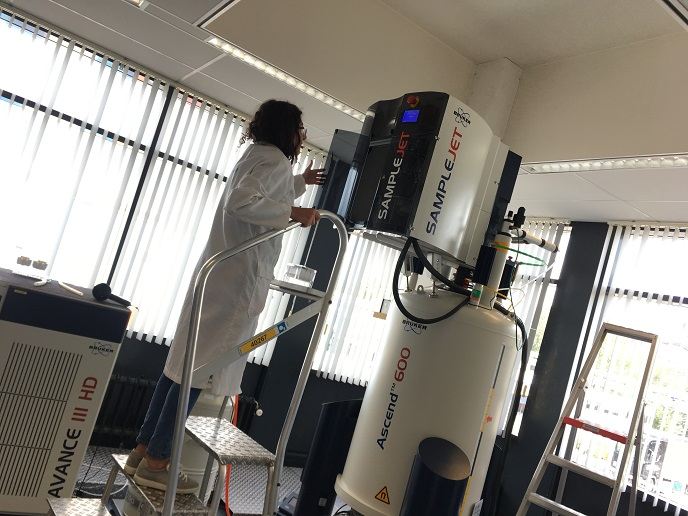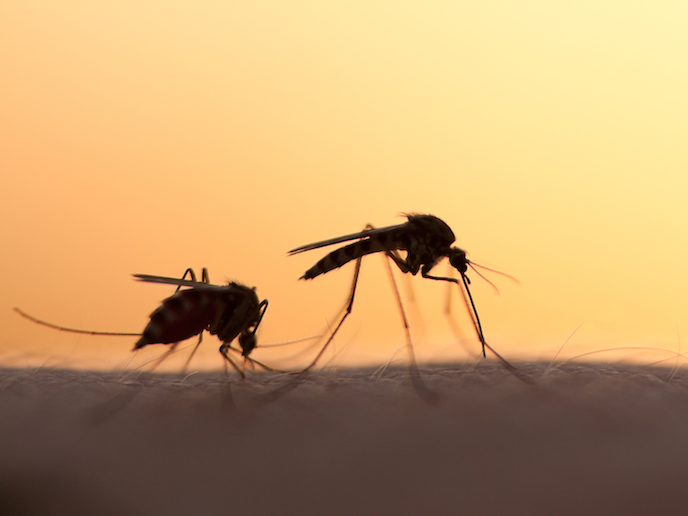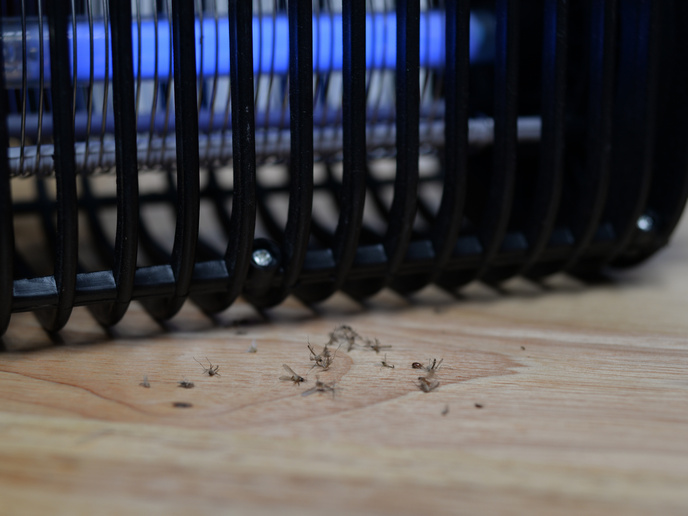How parasites spread harmful tropical diseases
Parasites naturally cause harm to their host species. These host-parasite interactions shape wild and domestic animal populations, and can influence agriculture, conservation, and the spread of human parasitic diseases. Some of the most harmful tropical diseases are caused by trypanosomatid parasites, which infect insects which then spread the disease through the infected bite of the fly. Investigating such relationships can help scientists work to eradicate epidemics of neglected tropical diseases. In the EU-funded FlyTryp project, carried out with the support of the Marie Skłodowska-Curie Actions programme, researchers used the fruit-fly Drosophila melanogaster as a model organism to investigate its susceptibility to the trypanosomatid parasite. “Because D. melanogaster is host to several natural parasites that belong to the trypanosomatid group, it can also serve as a model for studying fly-parasite interactions,” explains Venera Tyukmaeva, an evolutionary geneticist at the University of Liverpool and FlyTryp principal investigator.
A model organism
Most natural fly vectors pose a challenge to study under laboratory conditions, yet Drosophila melanogaster has a well-established molecular, genetic and genomic toolkit and scientists have a vast amount of prior knowledge of its biology, making it a proven model for experimental studies. Tyukmaeva and her team used the Drosophila melanogaster Genetic Reference Panel (DGRP), a collection of Drosophila isofemale lines, progeny of single wild collected females, to study the genetics of a natural population. She infected some Drosophila females with the naturally-occurring Jaenimonas drosophilae parasite and measured the parasite load in the flies after the infection to find the most susceptible and resistant lines. “By looking at their genetics and their gene expression differences, I hope to figure out which genes are responsible for susceptibility to the trypanosomatid parasite,” she says.
Continuing analysis of genes involved in immune response in insects
Though the project is officially over, Tyukmaeva is still finishing the analysis and the emerging results look very promising. “Preliminary scans highlighted the genes involved in immune response in insects and particularly the ones that were found in other trypanosomatid studies. That, and some other studies I am doing now, give me reasons to consider it as a good model,” she says.
Insect immune responses – a practical application
In general, insect immune responses against trypanosomatid parasites remain relatively unexplored, and most studies are done for human disease-causing insect vectors. “Drosophila is not just an amazingly convenient species and also has all genetics toolbox for any kind of experiment one can think of!” says Tyukmaeva. She hopes that the results will not be used just practically, but also to shed light on the important mechanisms of host-parasite interactions and insect immunity. “These findings will hopefully be used by the scientific community in future studies and enable us to understand nature better,” she explains.
Exploring the fascinating world of parasites
Now a lecturer at the University of Liverpool, Tyukmaeva is expanding her studies to include parasite genetics as well as other factors that affect host-parasite interaction. “One of the research directions which excites me very much is the chance to study the diversity of trypanosomatid parasites in insects in nature,” she says. “Their diversity is amazing and largely understudied, and I am sure that this area holds many exciting discoveries in future.”
Keywords
FlyTryp, Drosophila, neglected tropical diseases, genetics, toolbox, parasites, harm, humans, relationships







